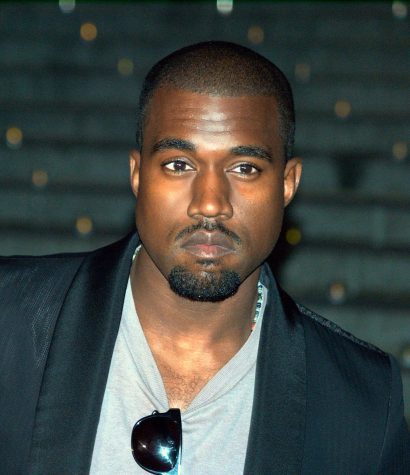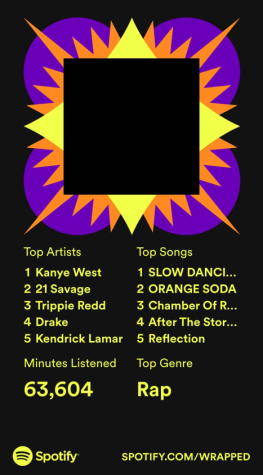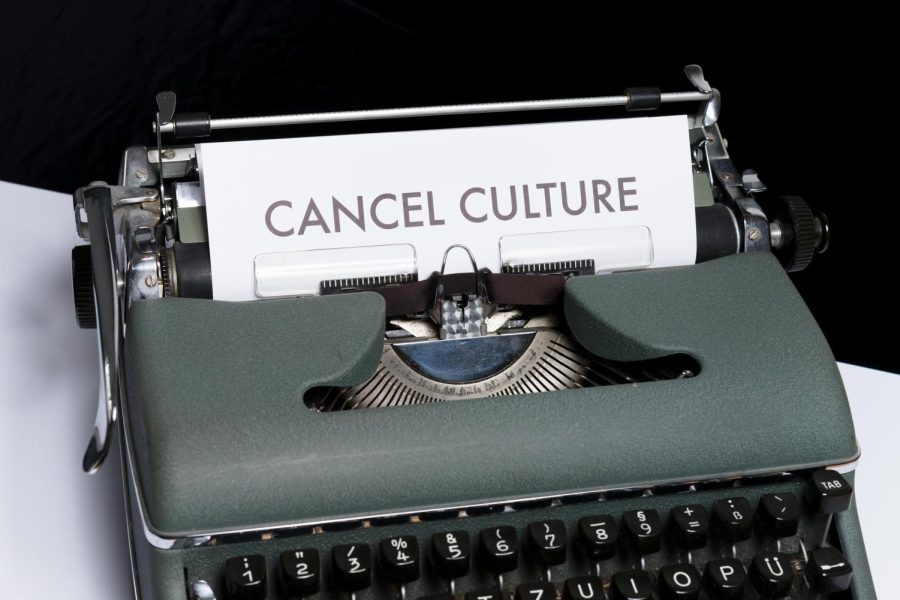How Spotify Wrapped exposed you
Photo by Markus Winkler
“Cancel culture” is a term that emerged in the late 2010s, and refers to boycotting or condemning someone in-person and online.
December 24, 2022
It’s the most wonderful time of the year. It’s Spotify Wrapped time.
Every year, beginning in Dec. 2016, Spotify releases their users’ Spotify Wrapped, which is the annual compilation of users’ most listened to tracks on the music streaming platform. Someone’s Spotify Wrapped will give them information like the percentage category of listener they fall into and their top five artists. This year, on Nov. 30, Spotify released users’ Spotify Wrapped and people began to share their top five artists and songs. All over social media, people displayed their music taste. However, there is a problem: some people’s top artists are those deemed ‘canceled’ by society.

Pop culture society, in the past few years, has adopted the term ‘canceled’ and the idea of ‘cancel culture’. Cancel culture, as defined by Merriam-Webster is “…the mass withdrawal of support from public figures or celebrities who have done things that aren’t socially accepted today.” Most often celebrities (in this case, famous musicians) who have been canceled are treated like they no longer exist, because pretending problems do not exist is, of course, how they are solved.
Now, not only is there the issue of the person’s actions and how people reacted, but also whether or not people are still allowed to take in their art. Should there be a separation of art and artists even when that art is built on harmful views?
Ignoring a problem does not make it go away. So deeming artists non-existent will not do anything. When celebrities do unacceptable things, there must be a sense of accountability from the artist. But, there also has to be a sense of recognition from those consuming what is produced by said celebrities.
Everyone has their own moral compass and belief system. How people interpret others’ actions is unique to them. An article from the Daily Free Press explains “…separating the art from the artist is an inherently personal decision. It’s up to you to figure out what you think is right or wrong.”

Looking at artists such as Kanye West, it may be clear morally when to drop support. West has made antisemitic comments, most notably tweeting he is going to go “death con 3 on Jewish people” and stating on Alex Jones’ podcast, “I like Hitler…I love Jewish people, but I also love Nazis.”
However, West is still one of the top-streamed artists, with almost 29 billion streams on Spotify.
“Usually, I would say separate the art from the artists, but in this case, I can’t justify listening to him,” said senior Gabe Shade whose top Spotify Wrapped artist was West.
Another musician, Rex Orange County, most known for his song “Pluto Projector” with lyrics “…Spendin’ the years together. Growing older every day. I feel at home when I’m around you…” was charged with six counts of sexual assault.
“Though his songs aren’t explicitly about his alleged vile behavior, how can anyone continue to engage with his music with a clear conscience knowing what he has been accused of?” said Kofi Mframa of The CommonWealth Times.
When it comes to separating art from artist, there is no “one size fits all”. In some cases, it is extremely clear that there is no separation. The artist is their art, and that art was built on harmful views.
“An individual artist may have made some wicked remarks should not detract from the fact that their art, which could be completely unrelated, remains superb,” said Noah Keate of The Boar . For example Mozart repeatedly cheated on his wife, but is still accredited as a genius.
In the end, there is no black and white answer. The general public should not be idolizing the wrong people, but if there continues to be the consumption of specific artists’ art, it must be a personal, moral choice, and there must still be recognition for what they did wrong.






